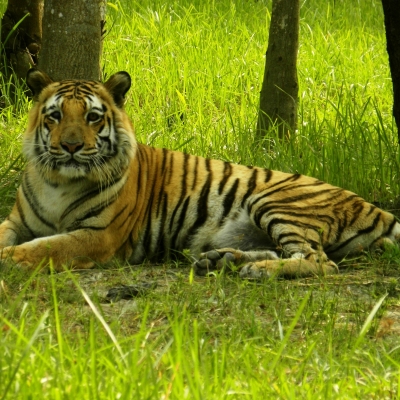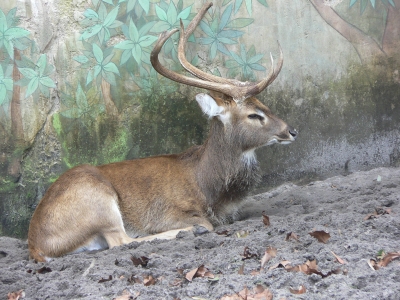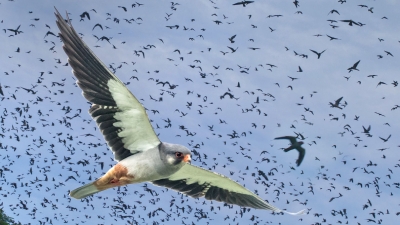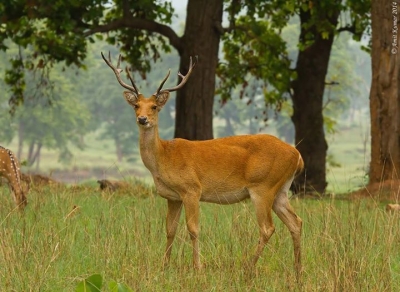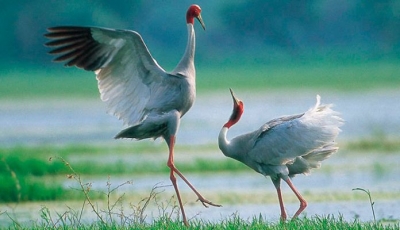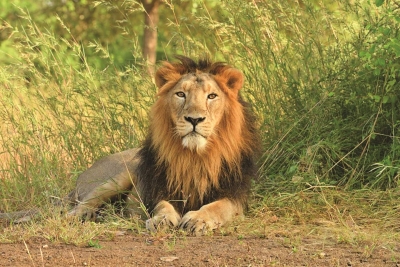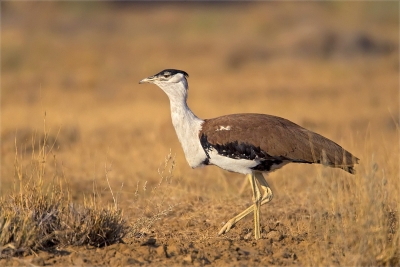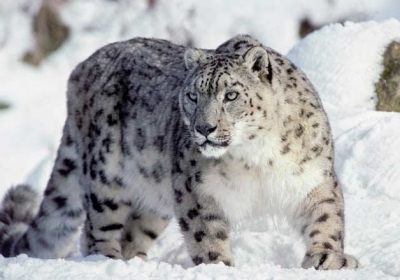Which mountain goat with highest number of species is found in Munnar, Kerala?
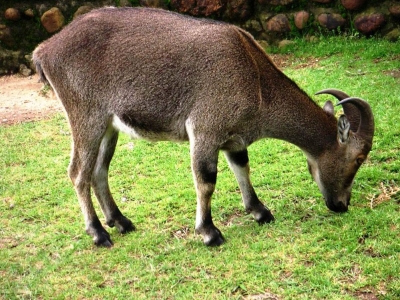
The Nilgiri Tahr is an endangered mountain goat species, their numbers dwindling due to lack of natural habitats and heightened poaching. However in Eravikulam National Park, Munnar Nilgiri Tahr finds its safe shelter along with other species of unique animals, birds and butterflies.
The male Nilgiri Tahr is larger and darker when compared to its female counterpart which is famous for its silvery saddle like patch on its back. The breeding season of the Tahrs is between June and August and the maturation period is approximately six months. As newly born calves are very susceptible to diseases and disturbances, human presence is absolutely not tolerated during such times. The offspring follow their mothers for first two months and go along with their mothers to the Rajamala Tourism Region. The approximate population of Nilgiri Tahr has shown slight progress in its number. Tigers, leopards and wild dogs are the main predators of this mountain goat.
Eravikulam National Park is very popular in Kerala especially for the way it has preserved the species of Nilgiri Tahr. It closes during the calving or birthing season of Nilgiri Tahr which is mostly from February to April, which is to give utmost care for this endangered species.
Picture Credit : Google

